The Making of “Census”
By
Bob Vine
For my upcoming top ten entry entitled ‘Census’, I thought it may be useful to share my experiences in making what is only my third short film!
To come up with an idea for a script is hard, especially something original, but my wife Joan and I usually sit down and discuss topics in the news which people will have views on or emotions about and then try to pull those into a story. By using material such as this we have found it gets people talking about the film and thankfully not looking too closely at it’s quality !! Saying that, I do try to always improve on the last film; making sure I learn from my mistakes (there have been many!) and try something new.
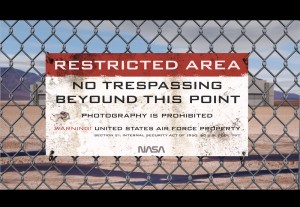
My latest effort called ‘Census’ was written around the time both my father and father-in-law passed away almost simultaneously; both big influences on our lives and both very much into genealogy. What with the TV series showing famous people learning all about their family trees etc it has quite a following. In the news at the time was ‘Curiosity’ the latest space craft to land on Mars – a bit controversial with the amount of money it cost but a land mark in space exploration none-the-less. So Joan came up with the idea of putting the two together and I got writing. ‘Census – history is not what it seems’ was born!
When it was finished I remembered comments from my last film and reduced it down considerably – in an effort to make it roughly 5 minutes at the most. My last film was over 15 minutes long which just doesn’t get accepted at many film festivals. I also wanted to try to create a complete CGI (computer generated image) of a set; which also meant green screen work which was another area I wanted to improve on. The locations in this film allowed me to have ago at two CGI locations – an aircraft hanger (Biggin Hill refused me access to any of theirs) and of course Mars (!)
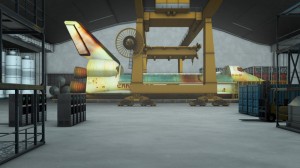
After some really harsh lessons learnt about lighting and focus I decided to not only buy a new camera and join the HD revolution (which has already passed and now is 4K!) but also some really special film lenses which, according to the sales person, I don’t actually own; I am just holding onto them for the next person! I spent a few hours at one of the ‘normal’ locations testing out lighting and using my new camera so hopefully all would be okay on the day. This also allowed me to plan the shoot better; and make detailed comments on my storyboards so I knew what lens, what lights etc to use for each shot.
I gathered my crew (friends that have been long suffering of my hobby!) and asked some actors from my last film to join me to make this thing.
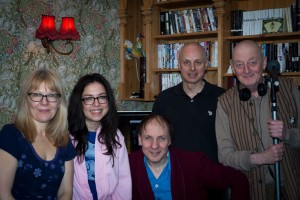
To make the green screen shoot a bit special for me, the crew and more importantly my two actors, I splashed out and hired a small green screen studio for the day in Camberwell. It was an important scene and I didn’t want to take any chances with it. However, I learned another very harsh lesson when I came to keying out the green! In my excitement about the day; being conscious of focus etc I didn’t make sure (using my camera’s waveform monitor) that the background green colour was lit 2 stops brighter than my actors. The result of which was perfectly exposed shots (for once !!) that no matter what keying software I used (Keylight, Primatte etc) I could not get those all important clean edges – just a lot of horrible noisy/jaggerdy edges instead ! I am my own worst enemy !
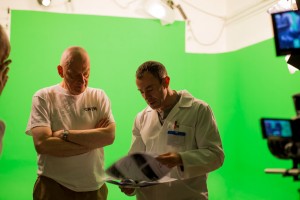
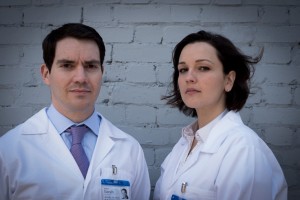
It actually looked like the end for the film as I could not afford to re shoot it. But after a lot of internet trawling for solutions and finding some hidden pieces of software within Apple’s Shake program (don’t ask!) I managed to key the green screen footage using a combination of Keylight mattes, Primatte mattes, rotoscoped tracked mattes using Mocha Pro and a lot of manual frame by frame animated mattes. What should have taken weeks actually took months ! Still, I have learned another lesson and I actually want to try it again for my next film to see if I can get it right.
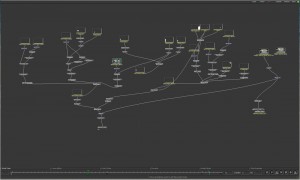
So the film is now ready to be shown. It’s been filmed in HD, at 16:9 but I have then added a film aspect ratio crop of 2.235:1 just to give it a bit more of a cinematic feel. This may be a bad move as on our 4:3 projection screen it’s going to appear very small !! Looks good online though….
Hope this has been helpful and I look forward to hearing and learning from your comments
Bob
A very interesting article especially as I have just been trying some green screening myself. Judging from the comments that are made (not) most club members do not appear to refer to the website. If you haven’t already done so your article would be good for the ViewFinder
Thanks Andy. Green screen is ‘fun’ isn’t it! I learnt so much from my experience. I thought I had everything covered but still managed to make a ‘rookie’ mistake with the exposure. That green has to be so much brighter than you would expect to get the contrast needed for the software to do it’s magic. Be good know how you got on. If you think the article is worthy of the Viewfinder then I shall submit it and see what happens!
If you want to see how I got on, go to the club on Tuesday! I was really only messing around and the effects were not intended to be perfect, but nonetheless it still taught me a lot. I really do think it is worth putting in the ViewFinder as I know others are interested in green screening.
Thanks for a very interesting article.
Ive had some fun with green screening. My last years Top Ten entry ATM Wobbler
was done using green screening. I needed the acting to be done in front of an ATM but obviously couldn’t set up the camera and do the filming in the local high street so decided to pop down early one Sunday morning and take a couple of stills with my phone camera of a bank ATM machine.
My son and I did our acting parts in the garden in front of the green screen hung in front of the patio doors. In my photo editing suite I removed all the signs and names etc. and changed the colour of the machines from red to blue.
Editing was a bit tricky as I had to get the size of the ATM right compared with myself standing in front of it. Also, I had to get a pov shot of me looking into the camera with the background of buildings across the road over my shoulder. This I did with green screen and using a low angle still of a high street building.
The only drawback is storing the green screen material without folding it up and getting loads of creases. I solved this by winding it round a long batten or plastic pipe. It’s a bit cumbersome but it works.
Cheers John. Sounds like you had some fun with that one. I have read that one of the best lighting set ups for a green screen is the sun/outdoors. It gives it an even light which is hard to do with indoor lighting set ups. Rolling your green screen is a great idea – a bit of guttering pipe is good I can tell you! I have also found that creases are not a big problem if you have a hand held clothes steamer. I borrowed my Mothers but have now bought one myself. Get the green screen set up; pin it tight to the frame using pegs; then steam out the creases. Takes about 10-15minutes to do but worth the wait.
Very good show tonight Andy – and the hat-changes aka Simon!!
Australia never looked so good (green screen and all). Didn’t know that you used this John, seems that it is THE ‘way to go;.
Look forward to seeing Census Bob, can now understand why it took months to make but you are all getting more and more experienced. Well done to all
Wait….this is only your THIRD film?? Who are you – Orson Welles??
I had you down as an experienced veteran considering the high production values of “Eco” and the work you’ve put in here.
*shrivels away into a heap of inadequacy… 🙁
Thanks for sharing this great article with us. Looking forward to seeing the end product. 🙂